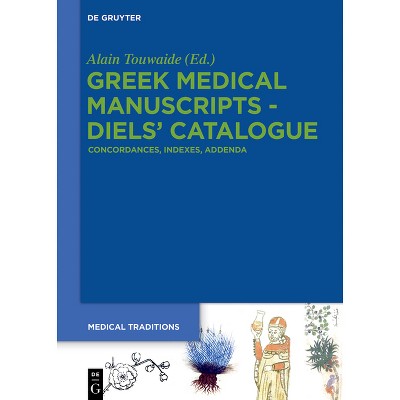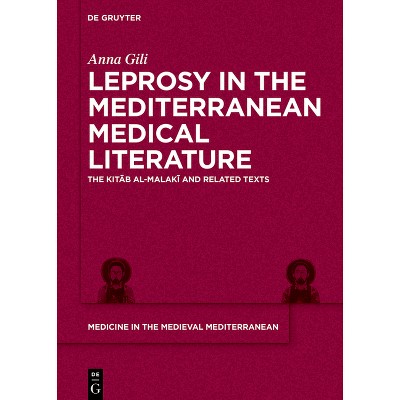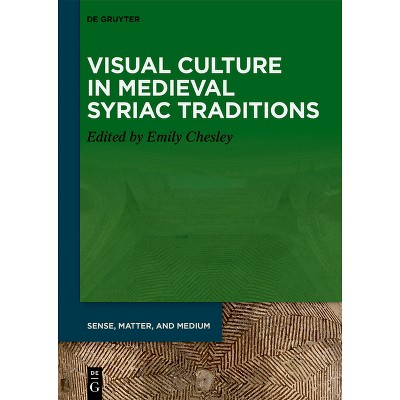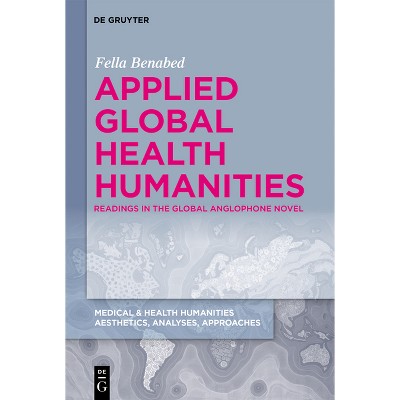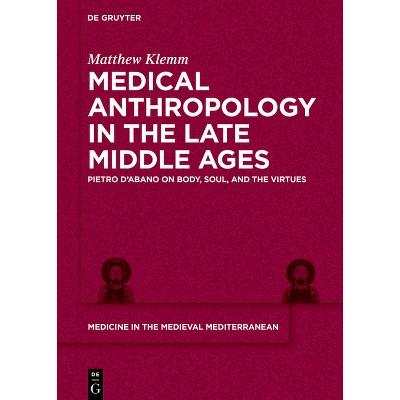Plants in 16th and 17th Century - (Medical Traditions) by Fabrizio Baldassarri (Paperback)

About this item
Highlights
- The study of botany has traditionally been ancillary to medical knowledge.
- About the Author: Fabrizio Baldassarri, Ca' Foscari University Venice, Italy.
- 276 Pages
- History, Ancient
- Series Name: Medical Traditions
Description
Book Synopsis
The study of botany has traditionally been ancillary to medical knowledge. Yet, several issues arise while an autonomous discipline of plants develop in the early modern time. This volume aims to discuss a few of these aspects of the relationship between the study of plants and medicine in the early modern time (from the late 15th century to the 18th century). Dealing with the methodologies of transmitting botanical knowledge, the practices with plants, and the attempts to reinforce or rebuke medical traditions, the contributions to this volume focus on the material study of plants in the period of the scientific revolution. The authors focus on the study of herbaria, on manuscripts and materia medica, on the reception of ancient texts, such as Dioscorides' or Pliny's natural history, on the trajectories of exotic plants and the attempts to accommodate them within Galenic system, on the experimentation with plants in anatomical medicine or in the development of new pharmacology.The volume, intented for scholars in early modern history of science, medicine, botany, and also intellectual and material history, will be an important addition in the scholarship.
From the Back Cover
In the pre-modern times, while medicine was still relying on classical authorities on herbal remedies, a new engagement with the plant world emerged. This volume follows intertwined strands in the study of plants, examining newly introduced species that captured physicians' curiosity, expanded their therapeutic arsenal, and challenged their long-held medical theories. The development of herbaria, the creation of botanical gardens, and the inspection of plants contributed to a new understanding of the vegetal world. Increased attention to plants led to account for their therapeutic virtues, to test and produce new drugs, to recognize the physical properties of plants, and to develop a new plant science and medicine.
About the Author
Fabrizio Baldassarri, Ca' Foscari University Venice, Italy.





